Experts share their best-kept secrets on caring for vintage ceramics and decorative pots
How to retain and restore the charm of decorative vessels and ceramics without damaging them
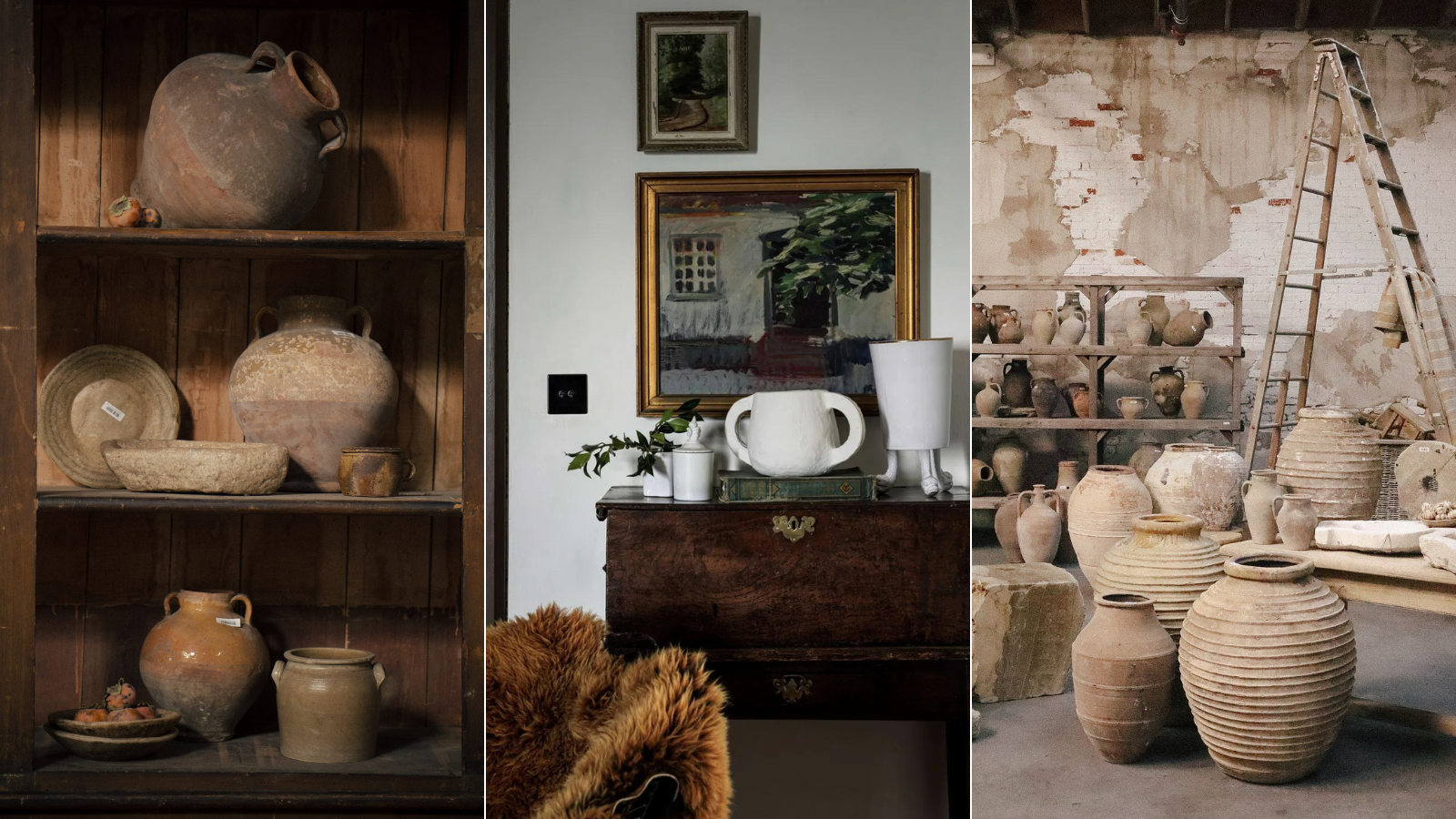

Is a house truly complete without a decorative pot or five? A rhetorical question, I am sure we would all agree. When we speak of decorative pots, we speak of many different kinds, from hand-thrown clay vases to colorful ceramics.
Though your most prized pieces are likely beautiful enough to be displayed on their own, when decorating with vases we often give these decorative objects an additional function, such as displaying freshly cut flowers or stems of seasonal foliage.
When these vintage vases and other decorative ceramics bring so much charm and flair to our homes, how should we clean and care for them without doing any damage? We asked the professionals to share their tips.
How to clean and care for decorative pots
How you care for your decorative objects will depend on how they were created and how you intend to use them. So before you attempt to clean your favorite antique vase, it's important to know whether clay items have been simply fired or fired and glazed.
Be sure to check with the person or store you have purchased your items from. IF you retain their beauty well, these timeless objects will last for years. Here's how to care for them:
1. Consider their location
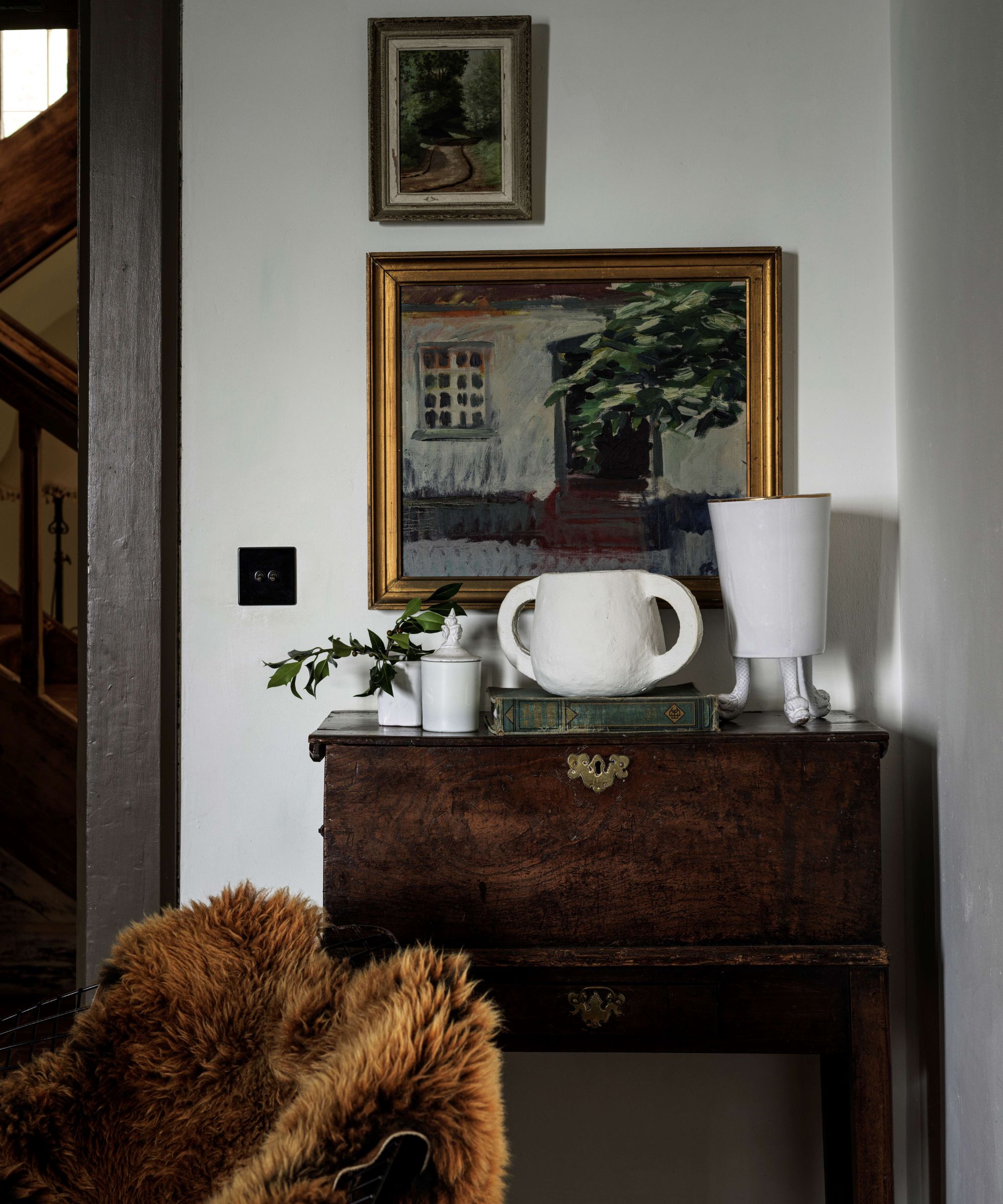
Location is everything. It's easy to forget that direct sunlight does no favors for certain materials, such as leather. The same goes for decorative pots, many of which will not thrive in direct sunlight or damp conditions.
'With any ceramics, it is best to display or store them in a clean, dry place,' recommends Jennifer Brashear, Art Operations Manager at Prism Specialties of Central Florida, who specializes in restoring ceramic objects and sculptural pieces.
'Direct sunlight could be harmful and cause fading on the surface. A ceramic piece fired at a high temperature can be left outdoors as long as it is out of the sunlight, in a dry area, and not exposed to the extreme weather.' Keep this in mind if you have been thinking of growing a holiday cactus outdoors, for example.
'Earthenware is typically used outdoors as planters because it is porous and absorbs excess water. However, hand-painted pots are best kept indoors unless they are sealed with a strong protectant from the elements,' says Jennifer.
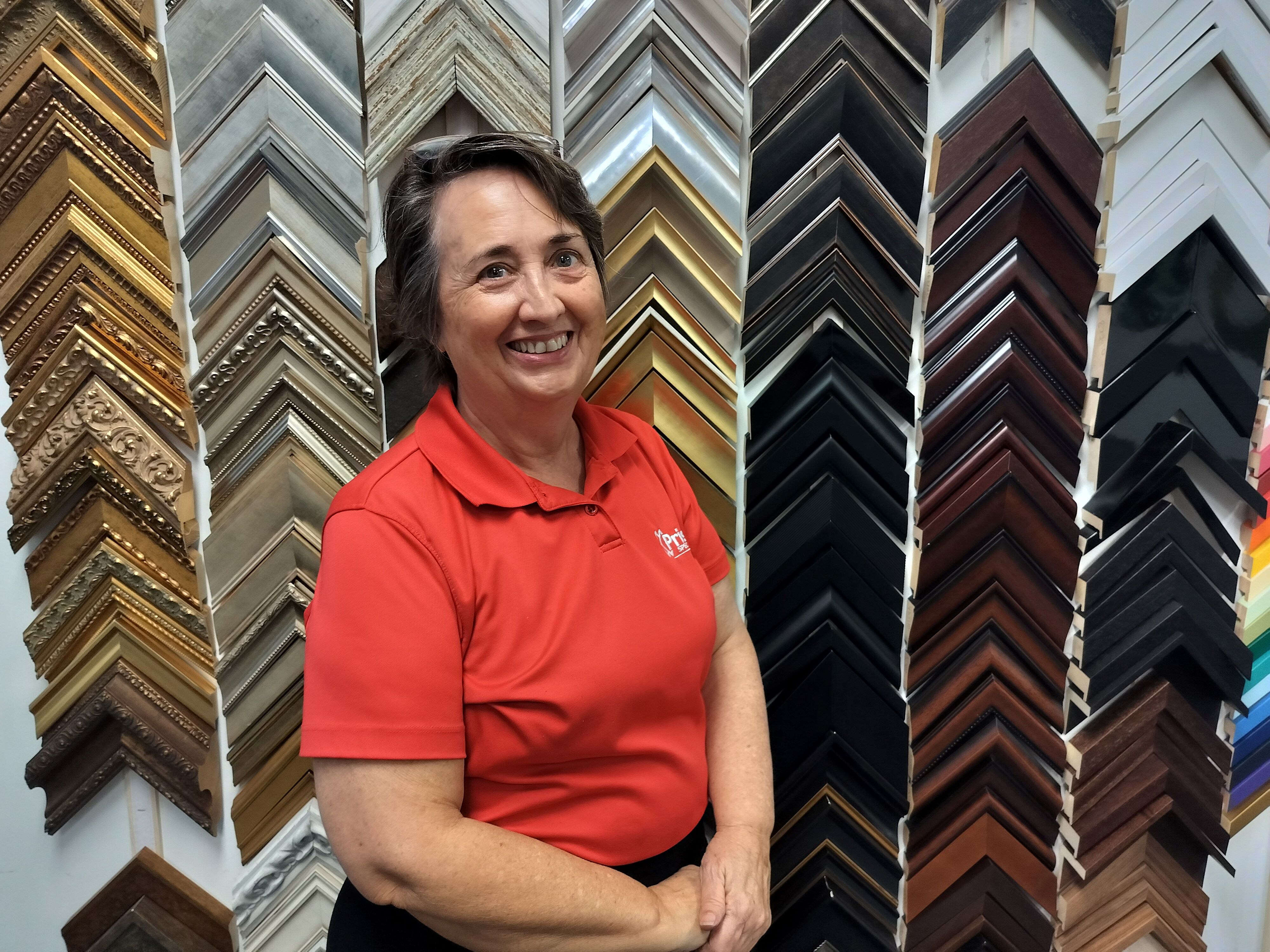
Jennifer Brashear is the Art Operations Manager at Prism Specialties of Central Florida. Jennifer restores oil, acrylic and watercolor paintings, as well as ceramic objects and sculptural pieces.
2. Avoid using anything that might snag intricate detail
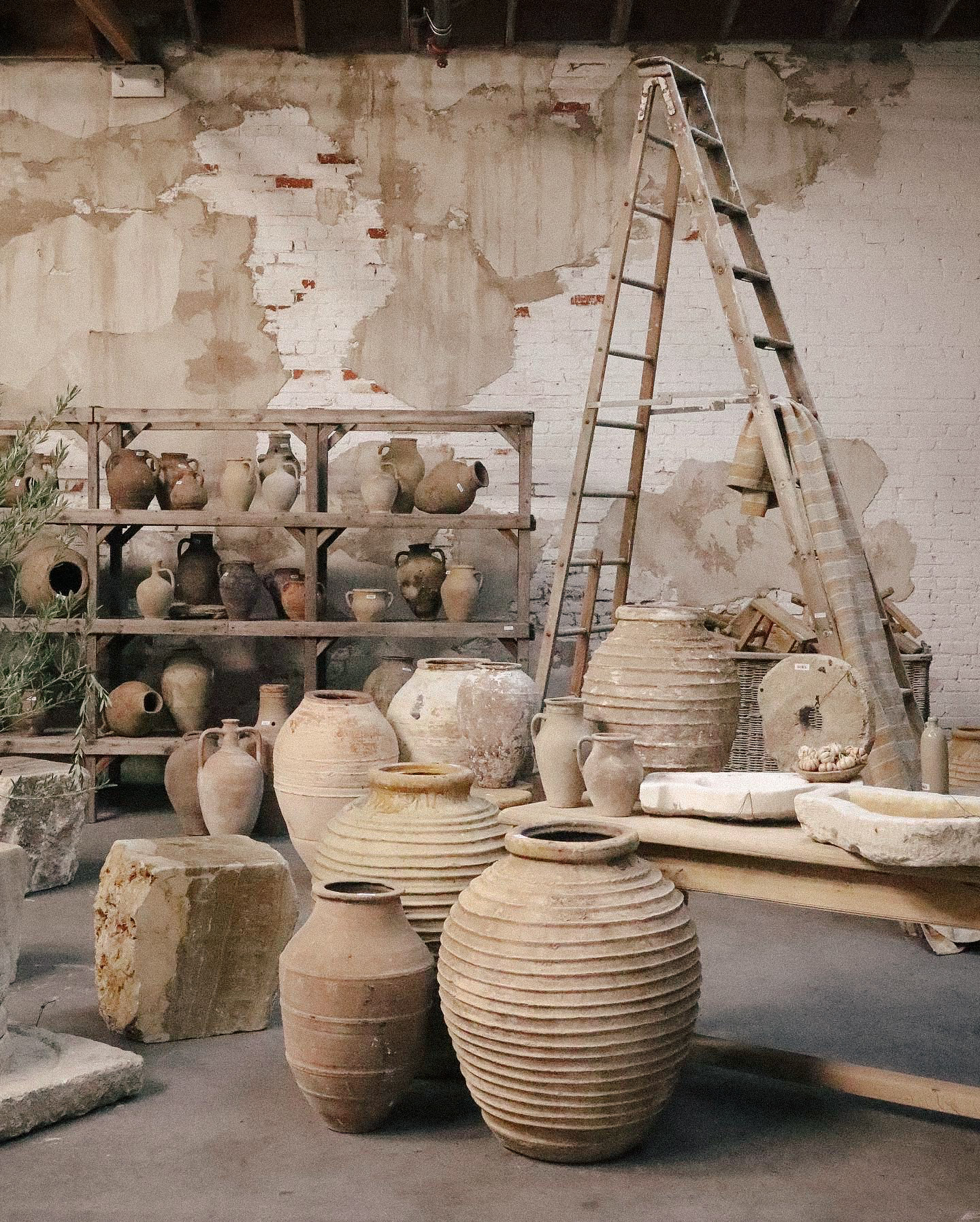
While there are plenty of beautiful ceramics available to buy off the shelf, antique vessels and pots are a design feature that even interior designers encourage us to thrift. If you have selected a new vintage piece from your local antique market, Jennifer recommends giving it a gentle dust, especially if yours is particularly detailed in design.
'When cleaning ceramic artwork, we recommend using a soft chip brush rather than a rag or paper towel that can snag on the artwork. The brush will allow you to reach deep crevices and textured designs.'
'The chip brushes we use are Prograde on Amazon,' shares Jennifer. 'We recommend letting the size of the object you are working with determine how small or large your brush is.'
For very fine debris, Jennifer recommends a small vacuum: 'We use the Omega Supreme Plus Hepa vacuum, which Northern Tool carries.
3. Use a simple solution of soapy water on glazed objects
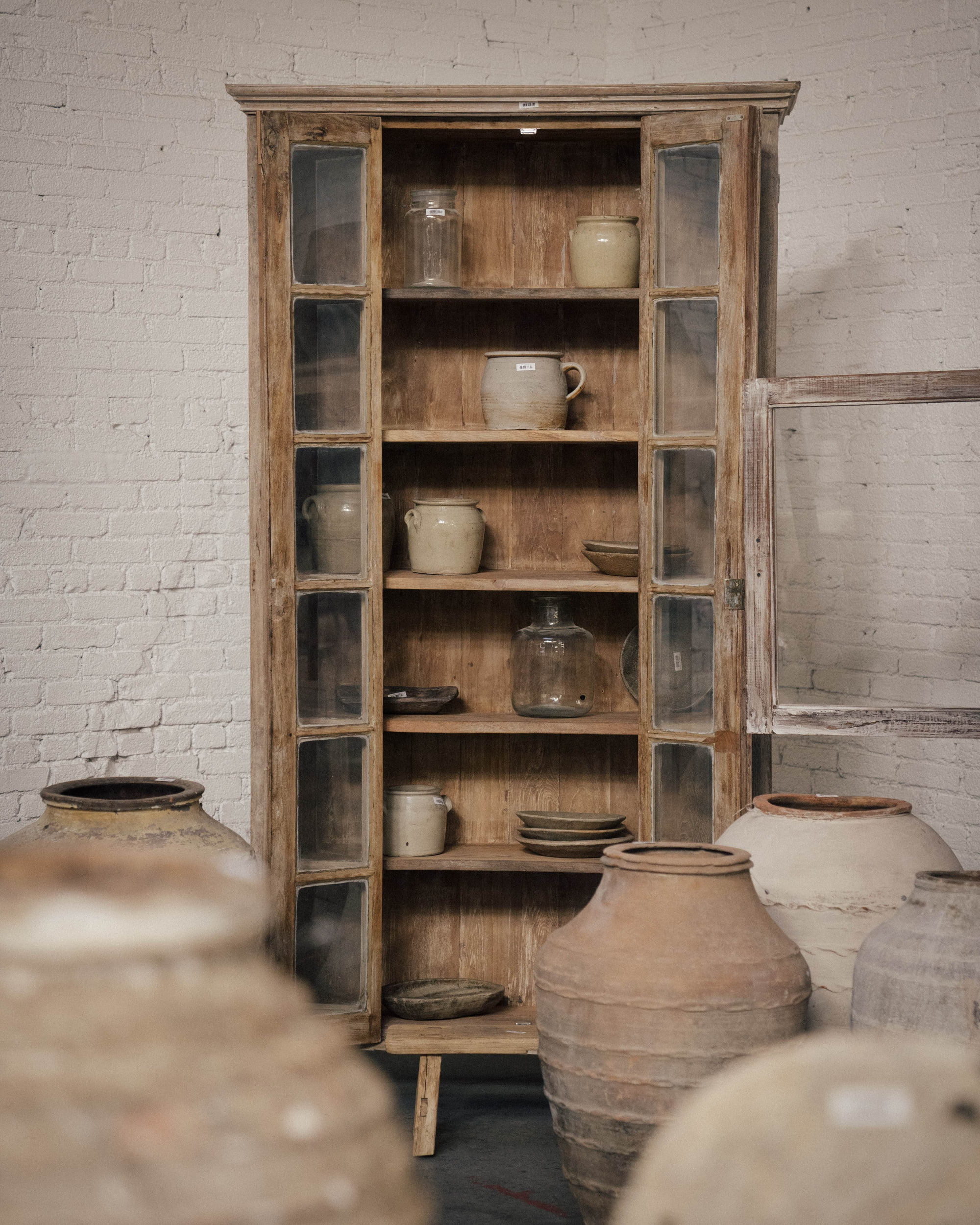
Objects that need a little cleaning and that have been glazed will not need harsh chemicals or treatment. Kendall Knox is the Co-founder of Olive Ateliers, a unique lifestyle brand that covets 'Objects with Old Souls,' many of which you would want to be particularly careful with so as not to take away any of their charm and character. The Atelier often stocks glazed French confit jars, which Kendall tells us are 'a major crowd pleaser.' They do not want fuss.
'Antique confit jars can simply be cleaned with warm soapy water and a rag, as you would with any glazed object, without affecting the look of the vessel,' explains Kendall. 'Ensure the object dries thoroughly before styling.'

Kendall Knox (nee Sargeant) is Co-Founder and Chief Brand Officer of Olive Ateliers, the coveted lifestyle brand taking the home decor industry by storm. The brand catapulted onto the scene in 2021, quickly catching the attention of clientele such as Kendall Jenner, Elsa Hosk, Kristen Bell, and Kim Kardashian and regularly engaging a loyal audience of over 380,000 on Instagram.
4. Tend to lingering stains and odors with vinegar
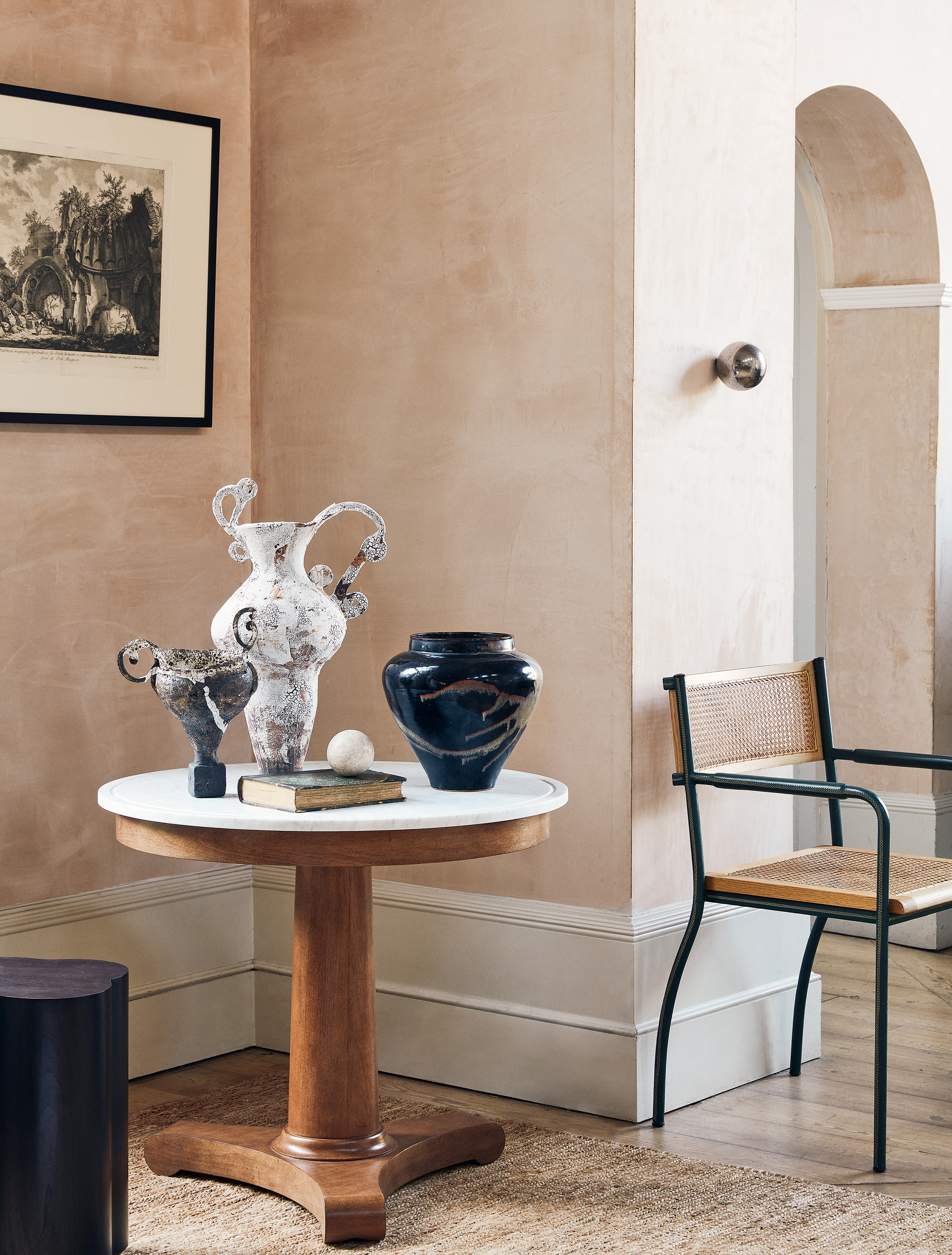
Vinegar is a natural yet potent household cleaning weapon, with white vinegar often used in laundry and to clean surfaces. However, although you should be cautious about using vinegar on some natural materials such as marble, granite, or stone kitchen countertops, it can be beneficial to use it on some of your prized ceramics, say experts.
'Sometimes, objects arrive with a faint odor due to past use or remnants of oil or other materials having baked into the vessel,' says Kendall Knox. 'We use a spray bottle and a 50/50 vinegar and water mix to lightly mist these vessels before leaving them out in the sun to dry for a few days. In most cases, this helps clean the object and counteract the odor.'
You can pick up glass spray bottles very easily on Amazon. It is always worth having some on hand for other household chores.
Jennifer Brashear also recommends using vinegar to clean and care for decorative pots, noting how it can quickly freshen up tired and worn-looking pieces: 'Warm water and vinegar can be used with fired ceramics to help remove stains and odor.'
5. Let them fully dry

If you have used a water-based solution to clean decorative pots – ceramic or not – letting them dry thoroughly is key to keeping indoor pots intact and protecting any special coatings.
'It is important to allow the piece to dry for a while, especially bisque items, as they are porous and will retain moisture,' warns Jennifer Brashear. 'Any unsealed decorative pots or hand-painted pieces should not be immersed in water, as the pots can absorb the water and cause the paint to chip off.'
6. Line bisque fired objects with glass, if using fresh florals
When it comes to styling your decorative pots, you want to ensure you do it in a way that will not damage them. Fresh flowers are often hard to resist when dressing a table or decorating kitchen shelving, but our experts urge you to think twice before filling your pots with water.
'Although glazed vessels are generally watertight, all vintage vessels are prone to chips, cracks, and wear/tear as they continue to age,' explains Kendall Knox. 'For this reason, we tend to use glass votives in our vintage vessels whenever adorning them with fresh florals, regardless of whether they're glazed or unglazed, in an effort to protect the integrity of the vessel.'
Clay is naturally very porous, and even when glazed, if the items are aged, they may be more susceptible to water damage. You can find packs of 12 votives on Amazon for as little as $15.
FAQs
Can you restore broken antique vases?
'If we are restoring broken ceramics, we first see how well the artwork goes back together and decide if we are missing pieces,' explains Jennifer Brashear, Art Operations Manager. 'We carefully adhere any pieces we can back together, and we recreate any missing pieces, making sure to match the texture and design of the surface with epoxy clay. It is also important that we fill in any cracks to completely restore the artwork to its original appearance. Finally, we'll add a varnish to add an extra layer of protection.'
What is the difference between plain terracotta and glazed ceramics?
A plain terracotta pot that has purely been fired will be porous and susceptible to absorbing liquid, which can stain pieces due to the salt content in water. Jennifer Brashear explains more: 'The first stage of firing is called a bisque or biscuit fire. It's the initial step in solidifying the clay back to ceramic.
'These pieces generally come out a solid, dull color like terracotta flowerpots. The ceramics will remain porous after this process.' This is why plain terracotta pots are often used outdoors and frequently recommended for houseplants that like damp soil. Glazing an object essentially adds a layer of protection and sheen, but this can deteriorate over time.
'After the bisque process, the ceramic would be ready for a glaze firing. Glazes contain a mixture base of Silica (the main glass-forming ingredient), Alumina, which increases the viscosity, and Flux, which helps control the melting point when fired. Depending on the glaze, the pieces typically come out vibrant, colorful, and shiny. During the glaze firing, a bond between the glaze and bisque will form, creating a strong, solid, and non-porous finish.'
What can I use my ceramic pots for?
It is ultimately up to you how you display and use your ceramics, but for a timeless finish on particularly ornate or vintage pieces, we would try to preserve their rustic looks as much as possible by letting them take center stage, as they are.
'Above all, we encourage folks to enjoy and celebrate the imperfections of a piece rather than work to fix/repair them,' says Kendall Knox, Co-Founder of Olive Ateliers.
Whether you get your hands on a gorgeous piece of Turkish Avanos pottery or a beautifully painted piece of decor found in a Moroccan souk, embrace the patina and care for imperfections to bring out their true beauty.
Decorative pots and objects can enhance even the most elaborate of interior design trends. Always consider the material, age, and current design state of your piece when cleaning it.
Sign up to the Homes & Gardens newsletter
Design expertise in your inbox – from inspiring decorating ideas and beautiful celebrity homes to practical gardening advice and shopping round-ups.

Camille is the former deputy editor of Real Homes where she covered a broad range of topics, including house tours, small space design, and gardens. She studied English language and Italian at the University of Manchester and during a year abroad studying linguistics and history of art in Bologna, Italy she started documenting her adventures and observations in a blog. Camille is always creating and spends her downtime painting, taking photos, traveling, and writing short stories.
-
 Courtney Love's historic loft combines rock star luxury with raw New York bones – it's on the market for almost $9.5 million
Courtney Love's historic loft combines rock star luxury with raw New York bones – it's on the market for almost $9.5 millionThe singer's former SoHo home features exposed brick walls, original wooden columns, a gas fireplace, and high ceilings – take the tour
By Hannah Ziegler
-
 Triangular shaped garden ideas – landscape designers share 9 ingenious ways to redesign your corner plot
Triangular shaped garden ideas – landscape designers share 9 ingenious ways to redesign your corner plotExpert tips for planning, planting and finessing a triangular shaped plot, so you can savour the space year round
By Jill Morgan